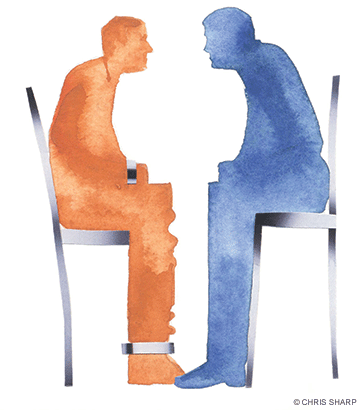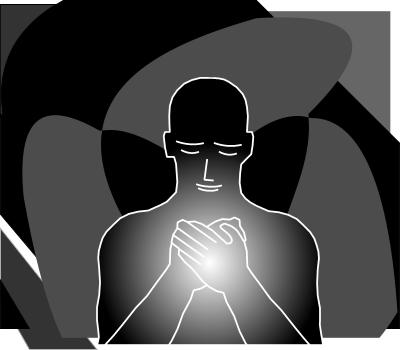If we were consistently guided by the goals of restorative justice, how different would our results, our graduates, and our society look?
I know this comes late, but I have been unable to stop thinking about the case of the kid with affluenza since I first heard the story.
On June 15, 2013, after stealing beer from the local Walmart, Ethan Couch, 16, drove his seven passengers in his Ford F-350 pickup truck at 70 mph in a 40 mph zone. Couch was under the influence of both valium and alcohol – he had a blood alcohol level of 0.24 – three times that of the legal limit for an adult. He slammed into several vehicles – including one broken down SUV, rolled his truck and struck a tree. He killed all four pedestrians at the site of the broken down SUV, and severely injured two of his own passengers, leaving one paralyzed and unable to speak due to brain damage.
Besides being affluent, Ethan Couch is white and while some would argue he does not represent the majority of people in America, he is a member of the dominant power and culture from which much of our societal norms and assumptions are based.
6 months later, even though prosecutors asked for 20 years in juvenile hall with parole available after two years, the teen, who admitted to the offenses, was sentenced to 10 years probation but no jail time, and mandatory treatment for which Couch’s lawyers are recommending a $450,000-a-year rehabilitation facility in Newport Beach, CA. Defense lawyers, supported by one psychologist, claimed that Couch was a product of “affluenza” – a victim who was the product of wealthy, privileged parents who never set limits for the boy and gave him everything he wanted.
The judge, Jean Boyd, who accepted this diagnosis, believed prison would not provide the treatment needed.
Wow.
Besides feeling the outrage – that I hope and believe most of America felt with this illogical verdict, I also felt the injustice of inequity and inconsistency in this way of thinking. I fantasize about this rationale being a consistent one in our society. In particular, a few thoughts stand out…
-
If we truly were to attribute the cause of one’s actions so fully to one’s environment, how different might our justice system – and prison population look given the historical and institutionalized context of racism and poverty for so many of our prisoners?
-
If we truly believed that prison would not help “treat” offenders who are the victims of their environmental context, then what would social services look like – not only as a prevention but also as treatment of those who cause harm to others – be it vehicular manslaughter, or other offenses?
-
I also cannot help to wonder, if Judge Boyd believed the rationale behind her verdict was one that should be extended to other contexts besides the affluent, how might that have influenced her final decision?
Closer to home for me, I cannot help but to think about how even today, many argue that the current design of public education has proven effective for so many before (dominant culture) and therefore the problem in poor results may lie in those for whom it is not working (i.e. blaming students and parents or holding lower expectations for those with societal barriers). If we agree that public education is, in part, meant to prepare our students for citizenship, then maybe Judge Boyd’s precedent-setting decision will open the doorway to establish our less affluent students’ cultural schema as the new standard bearer more than their affluent counterparts and should therefore inform, with less resistance, the design of what teaching and assessing should look like.
While it is unlikely that these fantasies of mine reflect what our larger system will come to be, this may be for the good as they, along with the actual reality of the case of the boy with affluenza seem to leave out one major variable – those who were harmed by the “victims” of affluenza (in this case the four who were killed and their survivors).
Over the past few years, many of our schools have adopted Restorative Practices (RP) or Restorative Justice as ways to address harm in our communities. The goals of RP are to
-
Use open communication to build understanding of how individuals’ harmful actions have impacted others (including the community).
-
Have individuals take responsibility and be accountable with support to repair the harm that was done.
-
Develop a plan to ensure that the harm doesn’t happen again and to begin to reconnect and build relationships and to restore community.
Perhaps Judge Boyd should have extended her commitment to treating the harmed to the victims of the case before her. Perhaps these RP goals could have helped her remember this focus. While this tragic incident reminded me of these RP goals, it also reminded me that even our best strategies for justice are only as effective as their just application. As usual, my wonderings lead me to more wonderings – WHAT IF… our justice system were consistently guided by these goals? How different would prison and treatment for offenders look? WHAT IF… our education system (not just some classes, schools or even districts) were consistently guided by these goals? How different would results and graduates… and society look?


